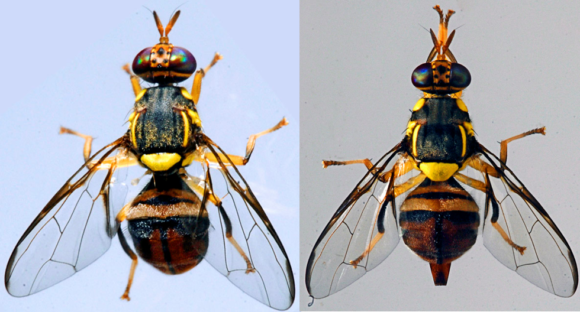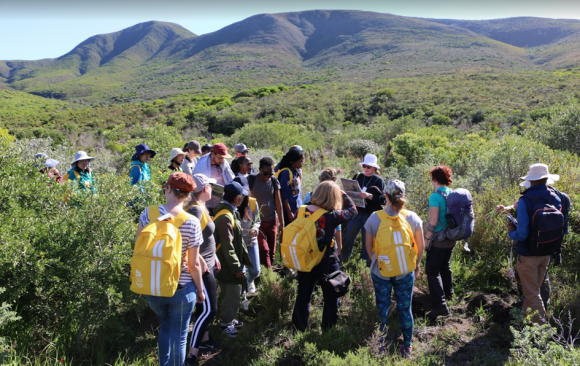Non-native invasive insects have major impacts on ecosystem function, agricultural production and human health. To make better predictions of where such species may establish and invade, species distribution models (SDMs) are widely used tools to predict potential distributions and invasion extents across new geographical areas. SDMs are useful for understanding how a species interacts broadly with its environment (typically climate), and can be used to support management and quarantine decisions. However, these models rely on assumptions that species will maintain the same relationship with their environment in both the native and invasive ranges. There is increasing evidence from plants, birds and reptiles that many species undergo changes in their relationship with climate (called “niche shifts”) during invasions that allow them to persist outside the predictions made from SDMs.
C·I·B researchers have recently examined how reliable SDMs may be for non-native invasive insects, and what other factors might influence the novel distributions of these species. In a paper lead by former C·I·B post-doctoral fellow Dr Matt Hill, and co-authored by C·I·B core team member Prof John Terblanche, the authors gathered information on 22 globally invasive insect species and applied a suite of SDM methods alongside different niche analyses to determine how stable typical distribution model projections are, and what this may mean for using these methods in invasion biology research.
The paper, published in Global Ecology & Biogeography, reports that many non-native insects expand their niches into climate relationships that were not predictable from the native distribution alone. They also found that many species are also not yet fully utilizing the climates available to them in their new ranges, suggesting that they are still not yet at the full range of invasion, and may expand further.
The authors also found that non-native invasive insects tend to invade areas with similar human disturbance to their native range, and that habitat accessibility (like proximity to major roads) appears important for these species to achieve their full invasion range potential. This is not so surprising and supports what we already understand, given that many non-native invasive insect species are agricultural pests, or human-disease vectors like mosquitoes!
While SDMs can help us make baseline decisions about where invasive species may potentially establish, insects appear to have a remarkable ability to change their environmental requirements during invasion. Ideally, SDMs should not really be used by themselves for predicting distributions of non-native insects, but rather in conjunction with experiments and other analyses around the potential for the niche to shift during invasion.
To read the full article in Global Ecology and Biogeography
Hill MP, Gallardo B, Terblanche JS. A global assessment of climatic niche shifts and human influence in insect invasions. Global Ecology and Biogeography. 2017. https://doi.org/10.1111/geb.12578
For more information, contact Matt Hill at matthill@protonmail.com



